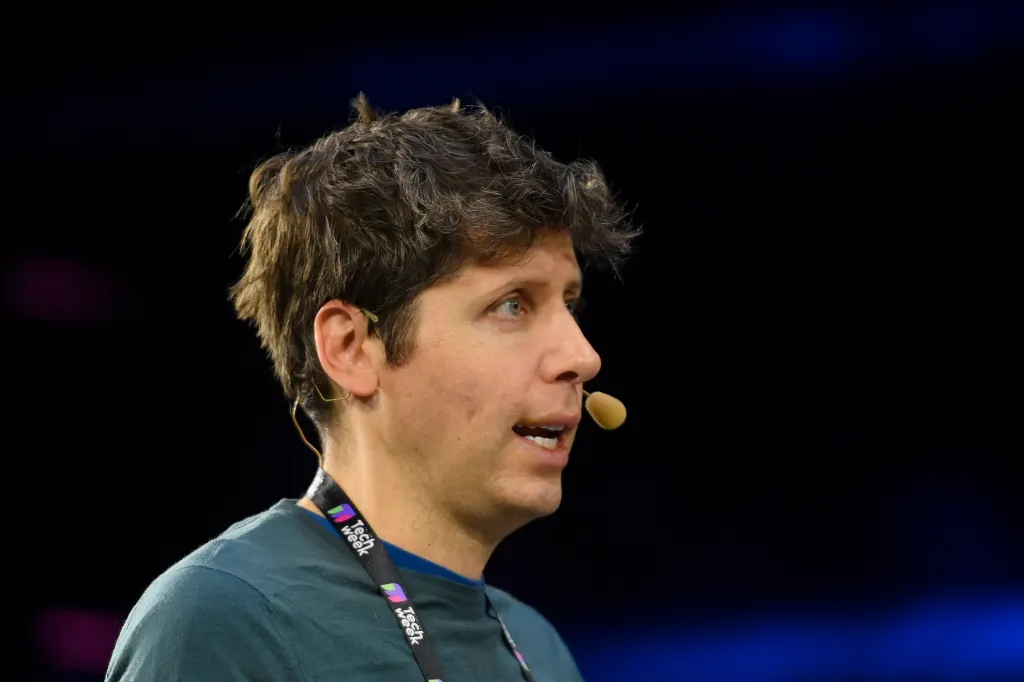Sam Altman’s Vision for the Future of AI: A Compute Budget, AGI, and OpenAI’s Path Forward
OpenAI CEO Sam Altman outlined several unconventional ideas aimed at ensuring the widespread distribution of AI’s benefits. One of his key proposals is a “compute budget,” a concept designed to make AI more accessible and prevent power imbalances between capital and labor. However, as AI continues to reshape industries, the path to equitable access remains a significant challenge.
The Concept of a Compute Budget
Altman argues that while technological advancements have historically improved key metrics such as health and economic prosperity, they have not necessarily led to greater equality. His proposed “compute budget” seeks to democratize AI by allocating computing resources more fairly. However, the execution of this idea is complex, as AI-driven automation is already causing job losses and departmental downsizing. Experts warn that without government intervention and widespread reskilling initiatives, mass unemployment could become a severe consequence of AI’s rapid progress.
The Near Arrival of AGI
Altman reiterates his belief that Artificial General Intelligence (AGI) is approaching. He defines AGI as an AI system capable of solving highly complex problems at a human level across various disciplines. However, he tempers expectations by acknowledging that AGI may require extensive human oversight and could excel in some areas while underperforming in others.
The real potential of AGI, according to Altman, lies in its large-scale deployment. He envisions thousands, if not millions, of powerful AI systems revolutionizing knowledge-based work across industries. However, making this vision a reality will require vast financial investment. OpenAI is reportedly seeking to raise up to $40 billion in funding and plans to allocate up to $500 billion with partners to develop an extensive AI data network.
The Cost of AI and OpenAI’s Strategy
Despite the massive investment required for AI innovation, Altman asserts that the cost for end-users to access AI power decreases tenfold every year. This trend suggests that while developing state-of-the-art AI remains expensive, end-users will increasingly benefit from more advanced and affordable AI systems. The emergence of cost-effective AI models from companies like Chinese startup DeepSeek supports this notion.
OpenAI is also adjusting its approach to AGI safety. Altman acknowledges that some of the company’s decisions regarding AGI deployment may be controversial. Previously, OpenAI committed to assisting “value-aligned” and “safety-conscious” AI projects rather than competing against them. However, this promise was made when OpenAI was a nonprofit organization. Now operating under a profit-driven model, OpenAI has set ambitious revenue targets, aiming for $100 billion in annual revenue by 2029—putting it on par with major corporations like Target and Nestlé.
Balancing Safety and Accessibility
As OpenAI continues to develop more advanced AI models, Altman stresses the company’s commitment to individual empowerment while safeguarding AI from being misused by authoritarian regimes for surveillance and control. Historically, OpenAI has favored a closed-source approach, but Altman hints that the company may need to embrace open-source principles in the future to balance safety concerns with user autonomy.
“AI will integrate into all aspects of the economy and society, and we will expect everything to be smart,” Altman stated. “Many of us believe it is crucial to give people more control over this technology, even if it requires difficult trade-offs between safety and individual empowerment.”
- latest phone iqoo 13 full specification given check it out
- iOS 18.1 Unveiled: Explore 5 New Features Transforming Your iPhone Experience!”
OpenAI and Microsoft: A Long-Term Collaboration
Altman’s blog post was published ahead of the AI Action Summit in Paris, where industry leaders are expected to discuss their visions for AI’s future. In a notable clarification, Altman reaffirmed OpenAI’s long-term partnership with Microsoft. While reports suggested that OpenAI and Microsoft had defined AGI in financial terms—specifically, AI generating $100 billion in profit—Altman emphasized that OpenAI remains committed to its collaboration with Microsoft for the foreseeable future.
As OpenAI advances its AI capabilities, the company’s shift toward profit generation, safety concerns, and accessibility challenges continue to shape its trajectory. Altman’s essay provides a glimpse into the complexities of ensuring AI benefits are distributed equitably while navigating the economic and ethical hurdles that come with the rise of AGI.
TechTrends365 wrote this blog post summarizing Altman’s vision and OpenAI’s trajectory in the evolving AI landscape.

